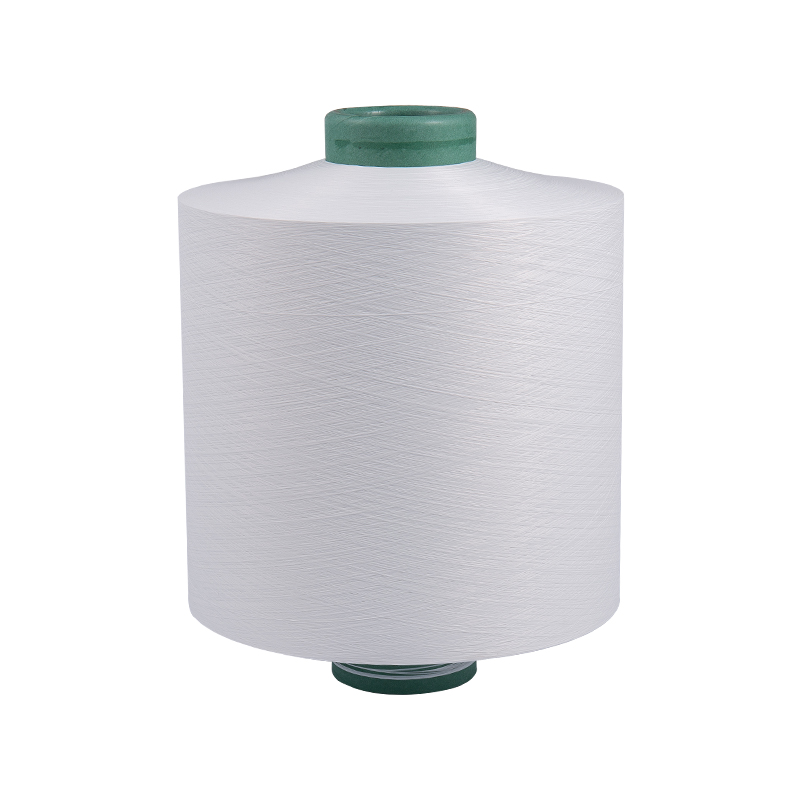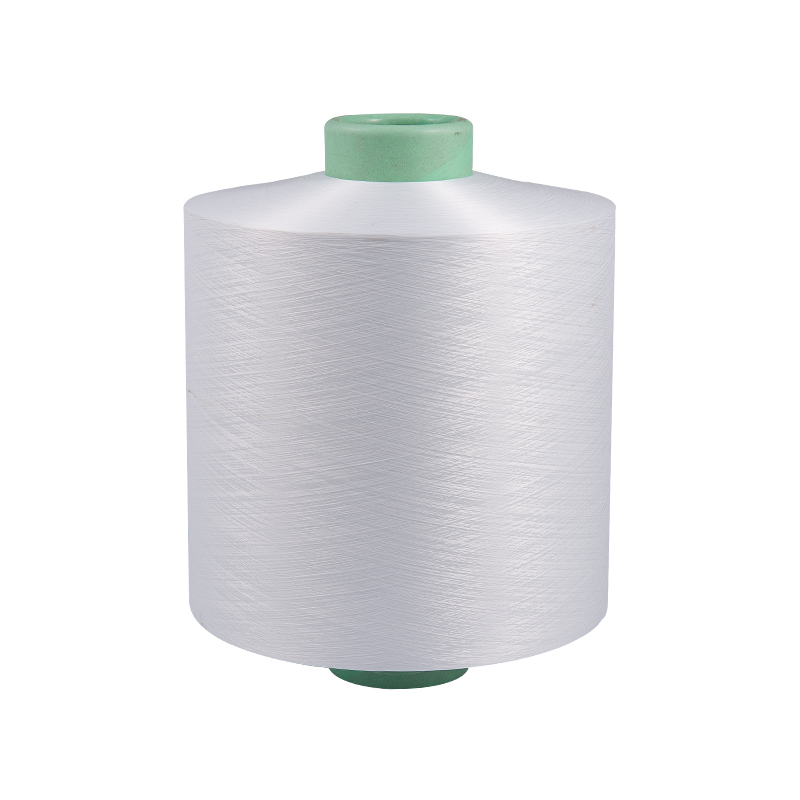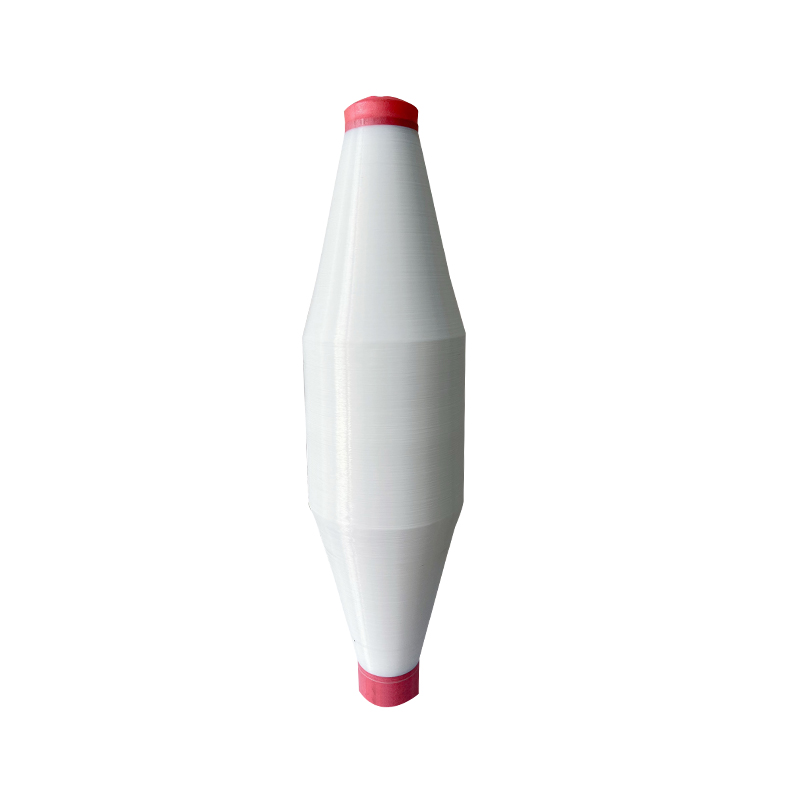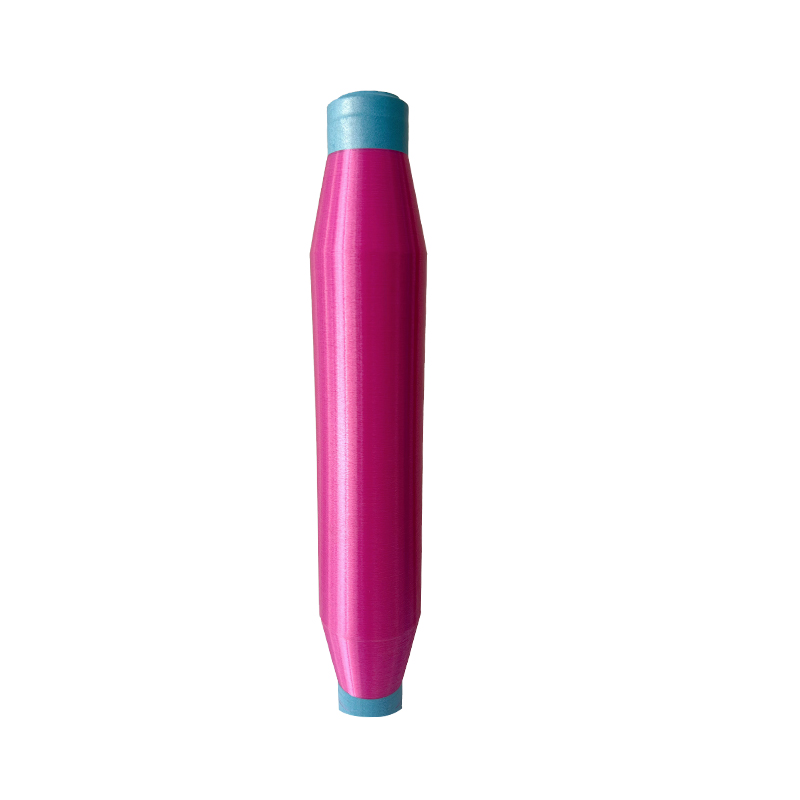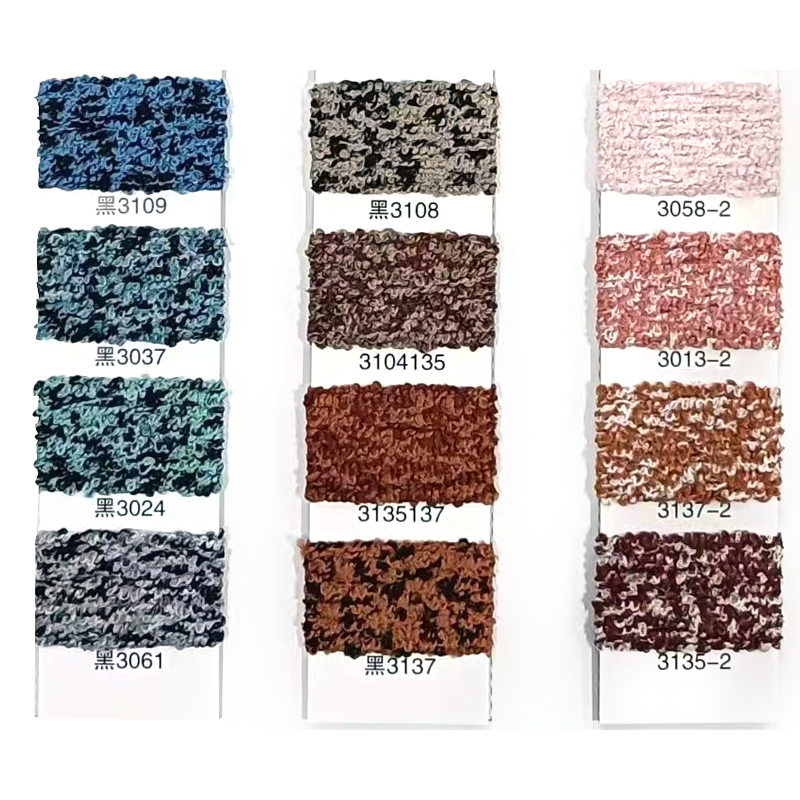How does the performance of Bright Polyester Monofilament change under different climate conditions?
2025-04-17
Under different climatic conditions, the performance of bright polyester monofilament will be affected by many factors, mainly including environmental factors such as temperature, humidity, UV intensity and wind. Here are some possible effects:
1. High temperature environment
Thermal stability: Polyester materials generally have good thermal stability, but high temperatures (above the melting point of polyester, about 250°C) may still cause a decrease in its physical properties. In particular, the strength of bright polyester monofilament may gradually decrease under continuous exposure to high temperature.
Deformation: Under extreme high temperature conditions, bright polyester monofilament may experience slight deformation or elongation, which may affect its original tension performance and geometric shape.
2. Low temperature environment
Increased rigidity: Low temperature will make polyester monofilament more brittle and hard, showing increased rigidity. Although polyester materials are not easy to break at low temperatures, their ductility and flexibility may be affected at extremely low temperatures.
Crack resistance: Under long-term low temperature exposure, microcracks may appear on the surface of polyester materials, which may have a certain impact on their strength.
3. High humidity environment
Moisture absorption: Polyester materials have low water absorption, usually lower than other fiber materials such as nylon. However, the strength of glossy polyester monofilament may decrease slightly when exposed to extremely high humidity for a long time, especially when immersed in water for a long time.
Affecting gloss: In a humid environment, the gloss of polyester monofilament may be slightly weakened, especially in high humidity, the surface becomes slightly turbid.
4. Strong UV exposure
UV degradation: Although polyester (such as PET) has a certain UV resistance, the gloss, strength and elasticity of polyester monofilament may decrease when exposed to strong UV environment for a long time, especially in outdoor applications (such as fishing nets, outdoor decorations, etc.). UV rays can cause polyester chains to break, thus affecting its physical properties.
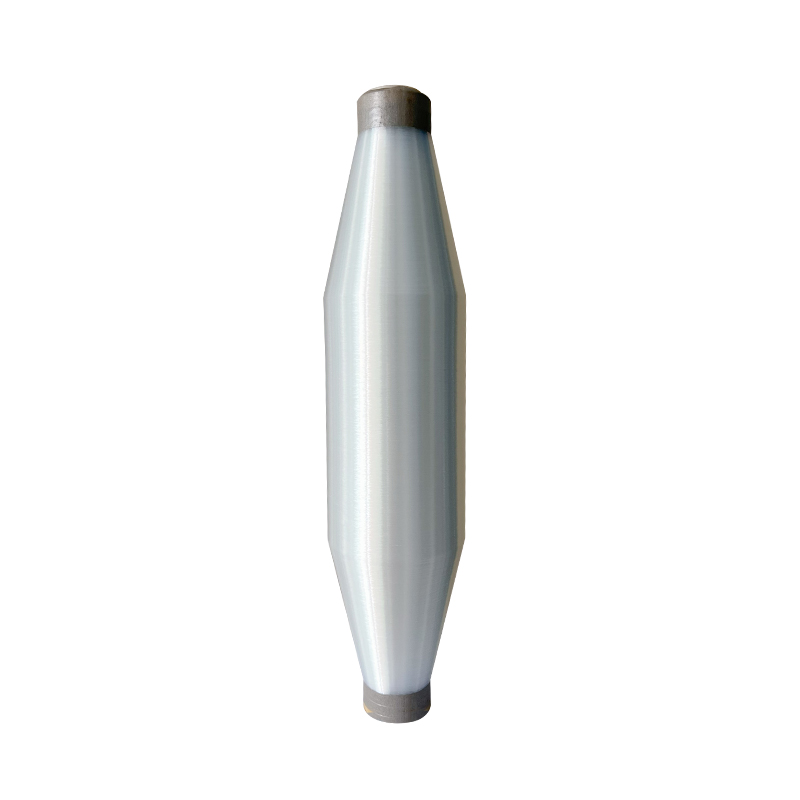
UV stabilizers: In order to delay the impact of UV rays on polyester, manufacturers usually add UV stabilizers or antioxidants, which helps to improve the durability of polyester monofilament under strong UV conditions.
5. Strong winds and climate change
Wind and weather resistance: In stormy or windy environments, the structure of glossy polyester monofilament may be stretched or damaged, especially if it is exposed to wind for a long time, the surface may be worn, causing changes in its appearance and performance.
Climate change: The periodic changes in temperature and humidity will affect the molecular structure of polyester monofilament, which may cause its performance to change in multiple seasons. For example, in the wet season, it may absorb a certain amount of water, resulting in slight changes in physical properties, and in the dry season, it will return to its original form.
6. Impact of climate on application
Outdoor and marine environment: In outdoor or marine environments, when glossy polyester monofilament is used in applications such as fishing nets and nautical ropes, special attention should be paid to its resistance to salt spray, UV and corrosion. If not specially treated, polyester monofilament exposed to the marine environment for a long time will face strong UV radiation and salt spray corrosion, and its performance may be significantly reduced.
Temperature difference changes: If the glossy polyester monofilament is used in scenes that need to withstand large temperature differences (such as extreme environments such as mountains or deserts), its physical properties (such as tensile strength, ductility, etc.) will be greatly affected, and adaptive adjustments may need to be made during the design.
The performance changes of glossy polyester monofilament under different climatic conditions mainly depend on factors such as temperature, humidity, and ultraviolet intensity. In order to extend its service life and maintain its performance, it is usually necessary to take corresponding protective measures according to specific environmental conditions, such as using anti-ultraviolet coatings, regular inspections and maintenance, etc. For applications exposed to extreme climatic conditions for a long time, the glossy polyester monofilament may require special treatment or the selection of more suitable materials.




 English
English 中文简体
中文简体 Español
Español عربى
عربى

